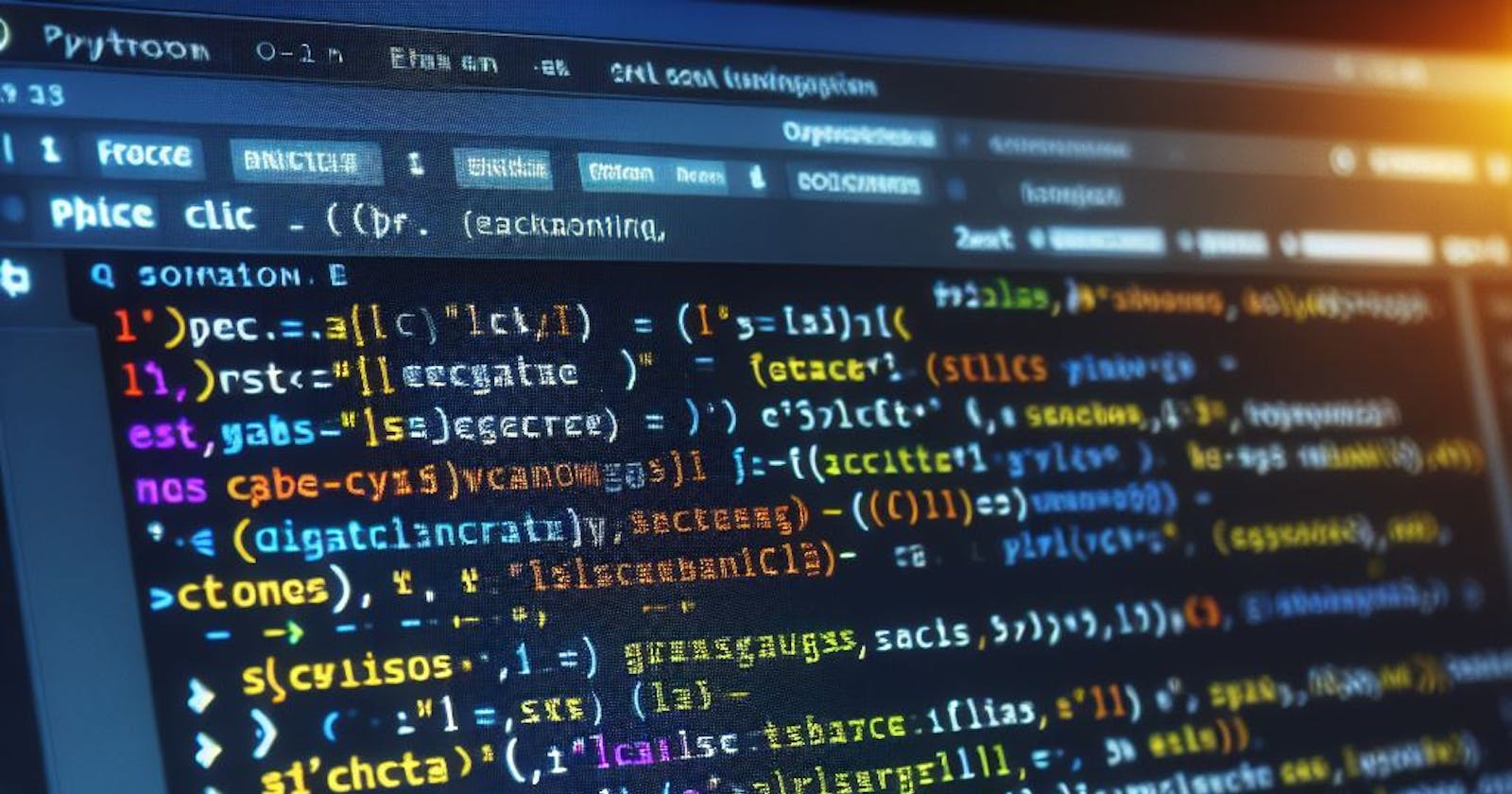In Python, decorators are a mechanism for dynamically altering the behavior of functions or methods. They provide a concise syntax for applying functions to other functions, typically enhancing or modifying their functionality. Decorators are often used for tasks such as logging, timing, memoization, and more.
Let's break down the basics with a simple example:
```python
def my_decorator(func):
def wrapper():
print("Something is happening before the function is called.")
func()
print("Something is happening after the function is called.")
return wrapper
@my_decorator
def say_hello():
print("Hello!")
say_hello()
In this example, `my_decorator` is applied to the `say_hello` function. When `say_hello` is invoked, it essentially calls the `wrapper` function created by the decorator. This allows for additional actions to be taken before and after the original function execution.
Practical Applications:
Decorators find practical applications in scenarios where you want to augment the behavior of functions. Consider a logging decorator:
def log_function_call(func):
def wrapper(*args, **kwargs):
print(f"Calling {func.__name__} with arguments {args} and keyword arguments {kwargs}")
result = func(*args, **kwargs)
print(f"{func.__name__} returned {result}")
return result
return wrapper
@log_function_call
def add(a, b):
return a + b
result = add(3, 5)
Here, the `log_function_call` decorator provides insights into the function call, aiding in debugging or monitoring application behavior.
Creating Your Own Decorators:
Custom decorators can be crafted to address specific needs. For example, a timing decorator:
import time
def timing_decorator(func):
def wrapper(*args, **kwargs):
start_time = time.time()
result = func(*args, **kwargs)
end_time = time.time()
print(f"{func.__name__} took {end_time - start_time:.2f} seconds to execute")
return result
return wrapper
@timing_decorator
def slow_function():
time.sleep(2)
print("Function executed")
slow_function()
Here, the `timing_decorator` measures the time it takes for the decorated function to execute, providing performance insights.
Advanced Decorator Techniques:
Building on the basics, decorators can be parameterized for increased flexibility:
def parametrized_decorator(param):
def decorator(func):
def wrapper(*args, **kwargs):
print(f"Decorator parameter: {param}")
result = func(*args, **kwargs)
return result
This illustrates how decorators can accept parameters, allowing for more dynamic behavior.
Chaining and Nesting Decorators:
Decorators can be chained or nested, combining multiple functionalities:
@decorator1
@decorator2
@decorator3
def my_function():
print("Executing function")
Or nested:
@decorator1
@decorator2
def my_function():
print("Executing function")
Understanding how to maintain readability and order when using multiple decorators is crucial.
pitfalls and Best Practices:
While decorators offer powerful capabilities, it's essential to be aware of potential pitfalls. Common issues include handling mutable objects and avoiding namespace clashes. Adhering to best practices ensures that decorators enhance code functionality without introducing unnecessary complexity or bugs.
In conclusion, mastering Python decorators involves a journey from understanding the basics to crafting custom decorators and employing advanced techniques. Their versatility makes them a valuable tool in a Python programmer's arsenal, providing an elegant and reusable way to enhance the functionality of functions and methods.

